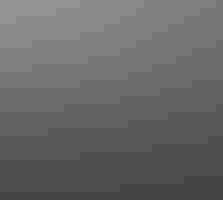
Celebrating the 1,000th Florida Grasshopper Sparrow Released in the Everglades
July 18, 2024 —
The successful captive breeding program was possible with many partners.
FL








Let us send you the latest in bird and conservation news.